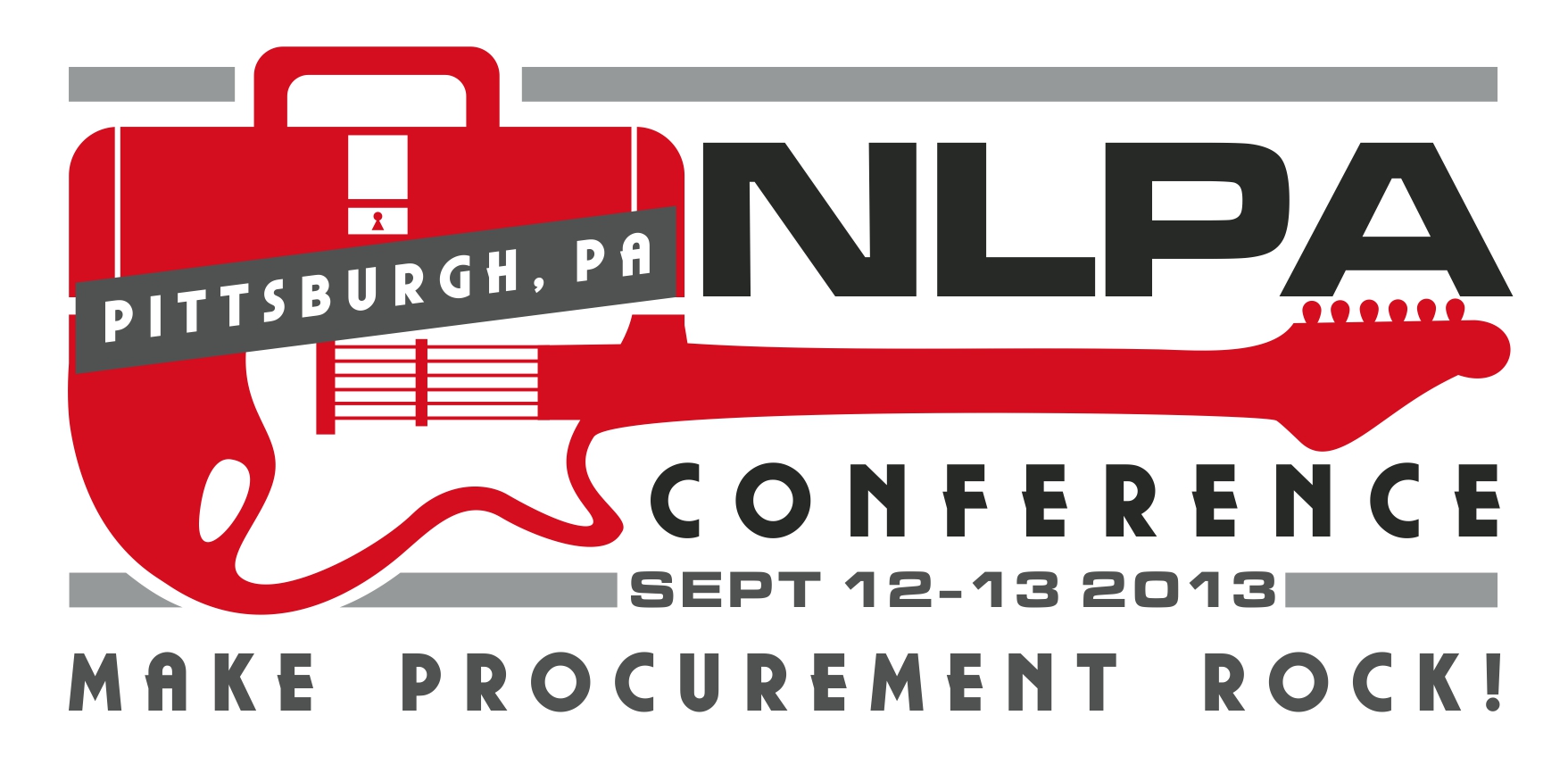Webinar Notes: 20 Ways To Create The Perfect Negotiation First Impression
This week’s featured webinar was the monthly event run by the Next Level Purchasing Association on 20 Ways To Create The Perfect Negotiation First Impression. If you missed the event, you can read a related blog post by Association President and CPO Charles Dominick.
You can also learn more about negotiation (among other topics) at the first Next Level Purchasing Association Conference in Pittsburgh, PA September 12-13, 2013.
Procurement professionals spend a lot of time preparing to sit at the negotiating table: collecting accurate data, brainstorming value-based points of leverage, and defining our walk away point and best available alternatives to a negotiated agreement. Sometimes the most important part of the negotiation takes place in the very first moment, when the tone is set based on each side’s first impressions of the other.
While the 20 variables are both important and interesting, the most compelling information from the webinar was the balancing of ‘vibes’ you might call them. Today’s supplier relationships, and therefore the negotiation strategies that lead to them, are more collaborative than power-based. Our tactics and delivery need to match this tone. Negotiators must demonstrate competency without being intimidating, authority without domination, and confidence without arrogance.
The delicate balance requires nuance on the part of the negotiator and will likely vary by supplier and situation. Not all supplier relationships will be collaborative, and in those cases, negotiations can be simple tactical discussions of price. But it is not only the largest suppliers that we should look to collaborate with, either. Many of our small or mid-sized suppliers offer us opportunities for innovation and value creation. Giving careful thought to the tone we will strike in a negotiation is as important a part of our preparation as the collection of data and feedback.
The 20 variables defined by Charles fall into a few groups:
- Environmental: Which party waits for the other, how others refer to you, delegation of tasks to others during the meeting, what you bring into the meeting
- Verbal: Use of slang, speed of speech, volume of speech, amount of ‘filler’ speech (um, uh),
- Physical: Handshake, eye contact duration and intensity, posture, being well-groomed and well-dressed, facial expression, nodding
- Intellectual: Quick recall of facts, organization of materials, pre-meeting agenda, who drafted the agenda, job title
The preparation required also depends on the experience and comfort level of the person leading it. The more nervous you are, the more you may want to consider these variables as a way of making yourself feel ready, taking the opportunity to make a positive first impression on yourself!
When you subscribe to the blog, we will send you an e-mail when there are new updates on the site so you wouldn't miss them.

